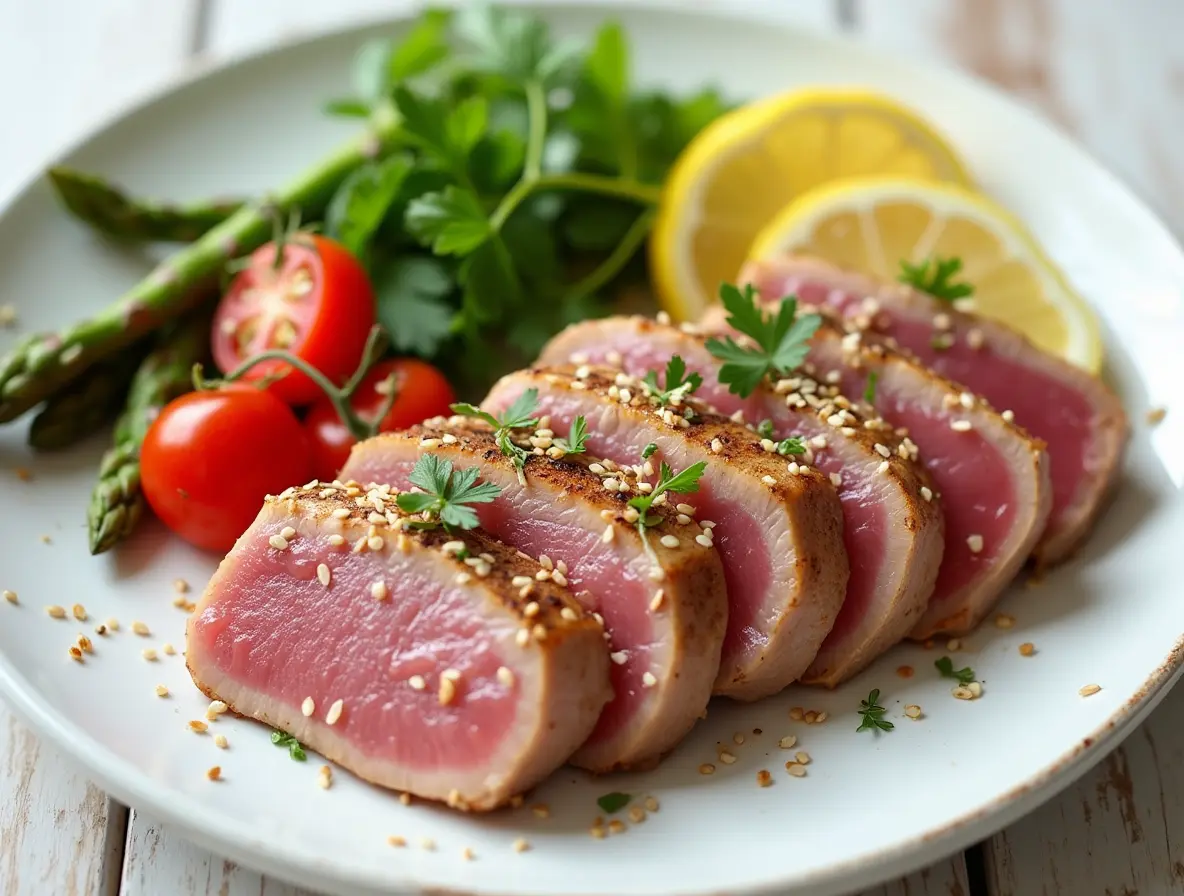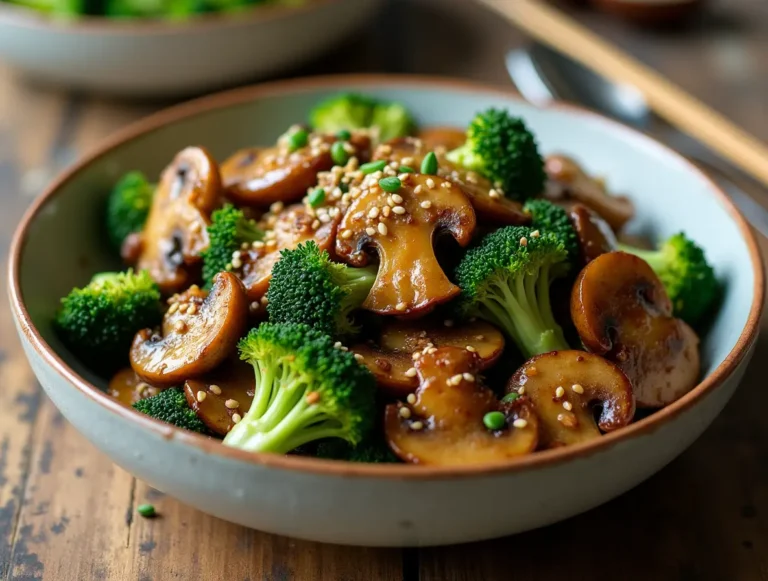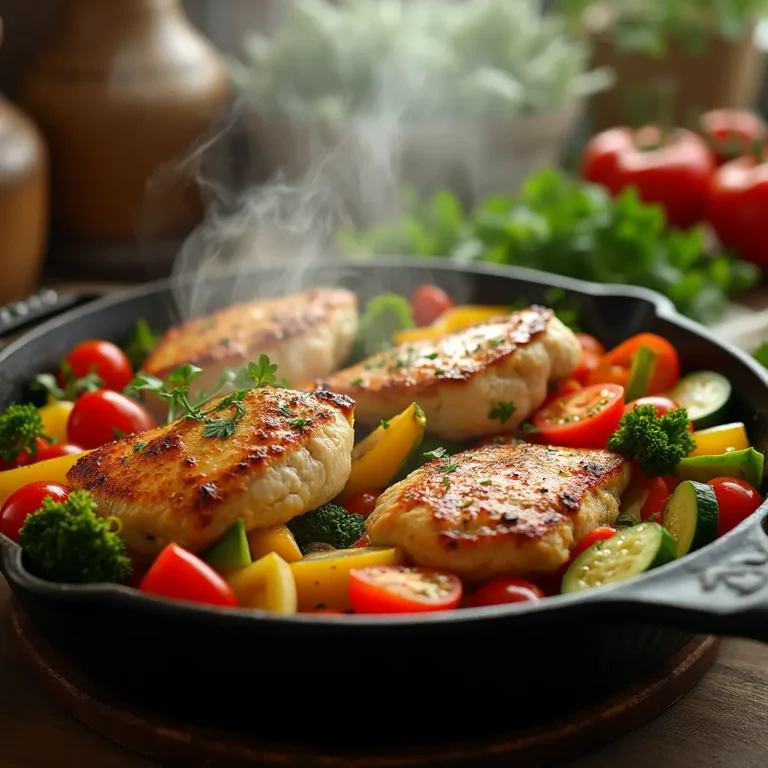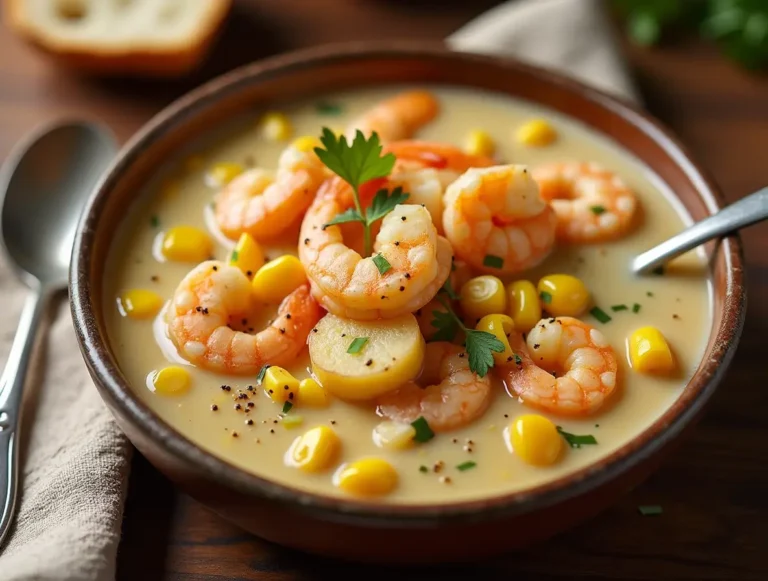Easy Yellowfin Tuna Recipe You Can Make at Home
Introduction
Tired of rubbery, flavorless tuna that reminds you more of canned fish than a restaurant-quality seafood experience? You’re not alone. Many home cooks struggle to prepare tuna that’s both properly cooked and bursting with flavor. This seared yellowfin tuna recipe delivers perfectly cooked fish with a crispy, sesame-crusted exterior and a gloriously pink center that melts in your mouth with each bite. As a culinary instructor who’s taught seafood preparation for over a decade, I’ve refined this foolproof method that even novice cooks can master on the first try. In this guide, you’ll discover expert fish selection tips, a simple yet effective marinade, precise cooking techniques, and serving suggestions that will make this yellowfin tuna recipe your new go-to for impressive yet effortless dining.
Why This Yellowfin Tuna Recipe Works
- Uses sustainable yellowfin tuna that’s widely available at quality seafood counters
- Requires just 15 minutes of marinating time for maximum flavor without “cooking” the fish in acid
- Features pantry-friendly Asian-inspired ingredients that perfectly complement tuna’s natural flavor
- Cooks in under 5 minutes, making it perfect for quick weeknight dinners or elegant weekend entertaining
- Suitable for various diets including keto, paleo, and high-protein meal plans
Choosing the Right Tuna
Best Cuts for This Recipe
Yellowfin tuna steaks (also called ahi tuna) are ideal for this recipe because of their firm texture and deep, meaty flavor. Look for center-cut steaks that are at least 1-inch thick, as they’re easier to achieve the perfect sear while maintaining a rare center. Loin cuts offer the most consistent cooking results, while belly cuts provide more fat and flavor but cook less evenly.
Buying Tips
When shopping for yellowfin tuna, look for steaks with a deep, vibrant red color—never brown or dull. Fresh tuna should have virtually no fishy smell; instead, it should smell clean and oceanic. Ask your fishmonger when the tuna was delivered, and always choose the freshest option. For the best quality suitable for raw or rare preparations, look for “sashimi-grade” or “sushi-grade” labels, though these terms aren’t officially regulated.
Substitutions
If yellowfin tuna isn’t available, bigeye tuna makes an excellent substitute with similar flavor and texture. For a more economical option, albacore tuna can work, though it’s milder in flavor and lighter in color. As a last resort, high-quality swordfish or mahi-mahi can be used with this recipe, but cook them to medium rather than rare.

Ingredients & Prep
Tuna Prep Essentials
Before marinating, gently pat the tuna steaks dry with paper towels to remove excess moisture, which ensures better searing. Trim away any dark bloodline portions if present, as these can have a stronger, fishier taste. For even cooking, let the tuna steaks come to room temperature for 15-20 minutes before searing.
Marinade/Rub
Quick Asian Marinade (for 2 tuna steaks):
- 3 tablespoons soy sauce (or tamari for gluten-free)
- 1 tablespoon sesame oil
- 1 tablespoon rice vinegar
- 1 teaspoon grated fresh ginger
- 1 clove garlic, minced
- 1 tablespoon honey (optional)
Combine all ingredients in a shallow dish. Place tuna steaks in the marinade for 15-20 minutes, flipping halfway through. Don’t marinate longer than 30 minutes, as the acid can start “cooking” the fish.
Sesame Crust (optional but recommended):
- 2 tablespoons white sesame seeds
- 2 tablespoons black sesame seeds
- 1 teaspoon coarsely ground black pepper
After marinating, press the tuna steaks into the sesame seed mixture to coat all sides.
Pantry Staples
Keep these essential ingredients on hand for this and other seafood recipes:
- High smoke point oil (grapeseed, avocado, or canola)
- Sea salt and freshly ground black pepper
- Rice vinegar or fresh citrus (lemon, lime) for acid
- Soy sauce or coconut aminos
- Sesame oil for depth of flavor
- Fresh ginger and garlic

Step-by-Step Cooking Instructions
Pre-Cooking Prep
- Remove tuna from refrigerator 15-20 minutes before cooking.
- Pat tuna steaks completely dry with paper towels.
- If using the sesame crust, press the seeds firmly onto all sides of the marinated tuna.
- Have all equipment and ingredients ready before heating the pan, as cooking happens very quickly.
Cooking Method
Pan-Searing (Recommended):
- Heat a cast-iron skillet or heavy-bottomed pan over high heat until very hot, about 2 minutes.
- Add 1 tablespoon of high smoke point oil to the pan.
- Carefully place tuna steaks in the hot pan, leaving space between them.
- Sear for 60-90 seconds on each side for rare, or 2 minutes per side for medium-rare.
- Use tongs to briefly sear the edges, about 15 seconds per edge.
Grilling Alternative:
- Preheat grill to high heat (450-500°F).
- Oil the grates well to prevent sticking.
- Grill tuna for 60-90 seconds per side for rare.
- Don’t close the grill lid to avoid overcooking.
Doneness Check
For optimal flavor and texture, yellowfin tuna is best served rare to medium-rare:
- Rare: Cool, dark pink center (120-130°F) – recommended
- Medium-rare: Warm, pink center (130-140°F) – acceptable
- Medium or well-done: Not recommended as tuna becomes dry and tough
Unlike other seafood, yellowfin tuna is safe to eat rare when fresh and properly handled.
Resting
Let the seared tuna rest on a cutting board for 2-3 minutes before slicing. This brief rest allows the proteins to relax and the temperature to distribute evenly. Don’t rest longer than 5 minutes, as you want to serve the tuna while the contrast between the seared exterior and cool interior is at its peak.
Pro Tips for Perfect Yellowfin Tuna
Avoiding Tough/Dry Tuna
- Use an extremely hot pan—the sizzle should be immediate when tuna hits the surface
- Keep cooking time brief; overcooked tuna quickly becomes dry and tough
- Cut against the grain when slicing to serve, which shortens muscle fibers for tenderness
- Avoid pressing down on the tuna while cooking, which forces out valuable moisture
- If you’re nervous about undercooking, remember it’s better to err on the side of undercooked than overcooked
Tool Recommendations
- Instant-read digital thermometer for precise temperature monitoring
- Heavy cast-iron skillet or carbon steel pan for optimal heat retention and searing
- Fish spatula or kitchen tongs for gentle handling
- Sharp chef’s knife for clean slicing
- Timer or stopwatch for precise cooking intervals
Storage & Reheating
Seared yellowfin tuna is best consumed immediately after cooking. However, if you must store leftovers:
- Refrigerate in an airtight container for up to 24 hours
- Consume cold or at room temperature; reheating will further cook and dry out the fish
- Use leftover tuna in salads, grain bowls, or wraps rather than reheating
- Freeze only as a last resort, and use within 1 month in prepared dishes like tuna salad
Flavor Variations
Spicy Twist
Transform this recipe with heat by adding:
- 1-2 teaspoons of Sriracha or sambal oelek to the marinade
- A pinch of red pepper flakes or cayenne to the sesame crust
- Wasabi paste mixed with a touch of soy sauce as a serving sauce
- Blackening spices (paprika, cayenne, thyme, oregano) for a Cajun-inspired crust
Keto/Paleo
Make this recipe keto or paleo friendly with simple substitutions:
- Replace soy sauce with coconut aminos
- Omit honey from the marinade or use a keto-friendly alternative like monk fruit sweetener
- Add avocado to serving suggestions for healthy fats
- Serve over cauliflower rice or zucchini noodles instead of grains
Global Flavors
Adapt the recipe to showcase international flavor profiles:
- Mediterranean: Replace Asian marinade with olive oil, lemon juice, garlic, and herbs like oregano and thyme
- Mexican: Season with cumin, coriander, lime zest, and serve with a mango-avocado salsa
- Hawaiian Poke-Style: Cube raw tuna and marinate in soy sauce, sesame oil, green onions, and macadamia nuts
- North African: Create a crust with cumin, coriander, paprika, and serve with preserved lemon and olives
Serving Suggestions
- Serve sliced tuna over mixed greens with sesame-ginger dressing for a light meal
- Pair with sticky rice and stir-fried vegetables for an Asian-inspired dinner
- Create a composed plate with wasabi mashed potatoes and sautéed bok choy
- Arrange on a sushi bowl with avocado, cucumber, edamame, and pickled ginger
- For an appetizer, slice thinly and serve on crisp wonton chips with wasabi aioli
Wine Pairings:
- Chilled sake or a crisp Gewürztraminer complements the Asian flavors
- Unoaked Chardonnay balances the rich texture of the tuna
- Light-bodied Pinot Noir works well if you prefer red wine
- Rosé provides versatility that adapts to different serving styles
FAQs
Can I use frozen yellowfin tuna for this recipe? Yes, but thaw it gradually in the refrigerator overnight rather than using quick-thaw methods. Pat completely dry before marinating, as frozen tuna often releases more moisture.
How do I fix overcooked tuna? If you’ve overcooked your tuna, slice it very thinly and serve with a sauce that adds moisture, such as a citrus-soy vinaigrette or wasabi cream. Alternatively, flake it and use in a tuna salad with mayo, Greek yogurt, and crunchy vegetables.
Is this yellowfin tuna recipe safe for pregnant women? The FDA recommends pregnant women avoid raw or undercooked fish. If cooking for someone pregnant, sear the tuna until it reaches an internal temperature of 145°F throughout, though this will result in a different texture than traditional seared tuna.
What’s the difference between yellowfin tuna and bluefin tuna? Bluefin tuna is generally fattier, more expensive, and considered more of a delicacy. Yellowfin has a milder flavor, leaner texture, and is more sustainably harvested in most regions.
Can I prepare any elements of this dish ahead of time? You can prepare the marinade and sesame crust mixture up to 24 hours ahead. However, the actual marinating and cooking should be done just before serving for the best taste and texture.
Conclusion
Fire up your skillet and try this yellowfin tuna recipe tonight! With just a few minutes of cooking time, you’ll create a restaurant-worthy dish that’s sure to impress. The perfect balance of a flavorful seared crust and tender, melt-in-your-mouth center makes this recipe a consistent crowd-pleaser. Join thousands of home cooks who’ve discovered that preparing yellowfin tuna at home isn’t just possible—it’s actually simple when you know the right techniques. Ready to explore more seafood options? Check out our related recipes for [Miso-Glazed Black Cod] or [How to Make Perfect Scallops at Home] to continue your culinary adventure!







